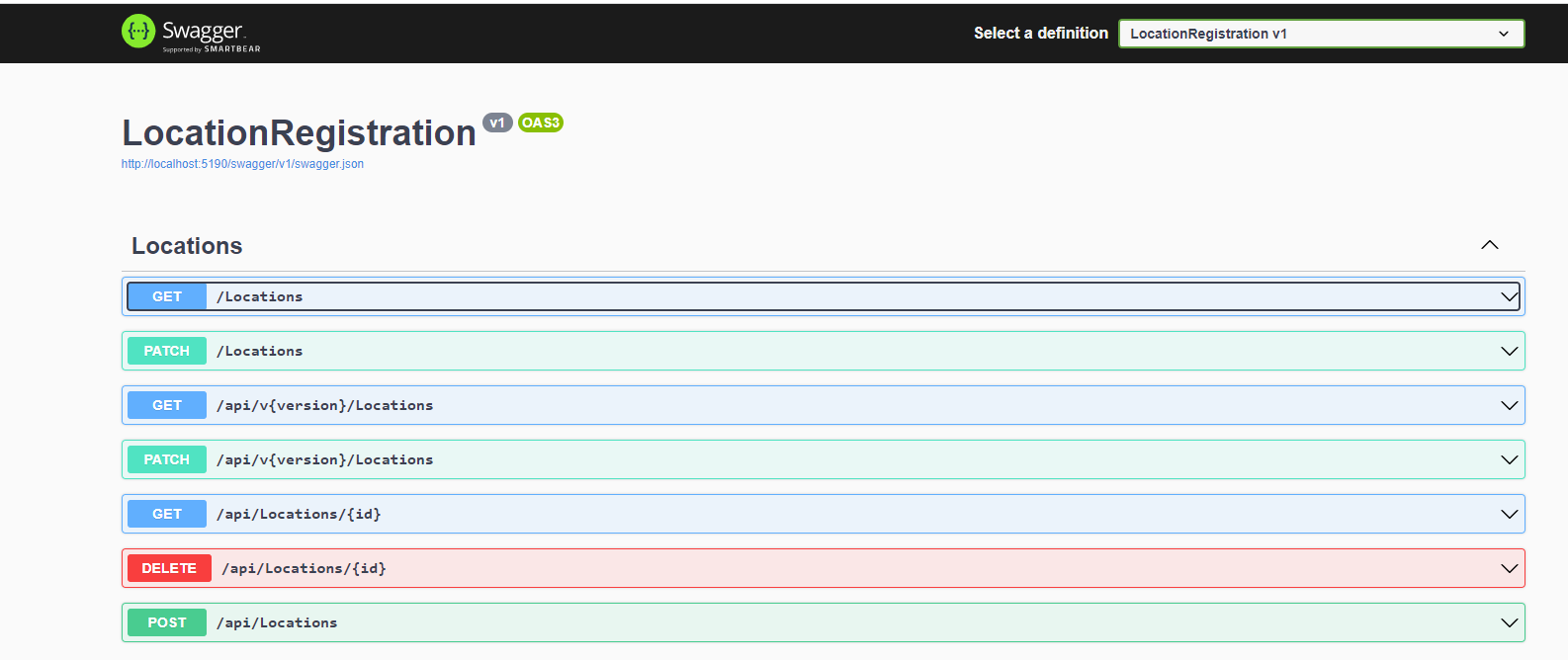Working with REST API

A REST API requires a host URL that acts as the primary address for your interactions. REST APIs also need a set of endpoints, which are unique addresses within-host URLs responsible for its functionality. Moreover, it is a good practice to document the endpoints, return value, data types, and other essentials of a REST API. The below diagram is a high-level representation of the required organization of your code to create a REST API. You may have one or more databases that contain data that other applications might need. So, they will use the REST API that uses SQL and JDBC to interact with the database. REST APIs enable you to centralize all your basic logic in one place instead of rewriting it every time you want to create a new app as shown by the below image Now, APIs are designed to return the required data whenever a user calls them. However, when you use REST APIS, it not only returns the requested data but also presents it in a well-structured form for representat...
